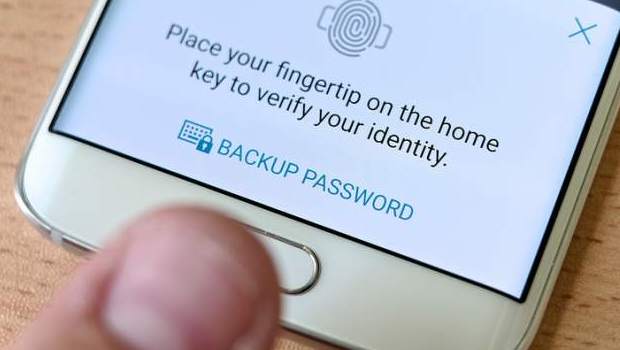3D printing is now being used to track down criminals and solve police cases. Recently, the police resorted to the help of Michigan State University to make 3D printed fingers for solving a murder case.
Anil Jain, a computer science professor, specializes in facial recognition, tattoo matching, and fingerprint scanners. He makes devices secure from hackers, but the police approached him to hack into a dead man’s phone to solve his murder mystery.
This man’s phone had some crucial information, and they had the man’s fingerprints from a previous case. Therefore they took the help of Jain and his assistant Supreet Arora in 3D printing the fingers.
3D printing the fingers was not easy, though. They did not know which finger the victim was using to lock his phone; therefore they started 3D printing all the fingers. The task was not just as simple as 3D printing a finger, the phone’s scanners are much more sensitive and work with electrical circuits coming into contact due to the conductive nature of the skin.
The false fingers were coated with metal to create a level of conductivity. The usage of the fingers will be known once they are handed to the police who crack the case.
This 3D printing of fingers could pose serious threats to the security of people. This could lead to the access of bank accounts and other personal accounts of the user.
The phone companies do not give the TSA lock-style for law enforcement simply as it would mean divulging their client’s personal details. But had this been possible, the need for 3D fingers would not have risen. With the technology building 3D printing fingers for fingerprints, security enforcements would have to be done using iris reading of the users.
Source: 3dprintingindustry.com
